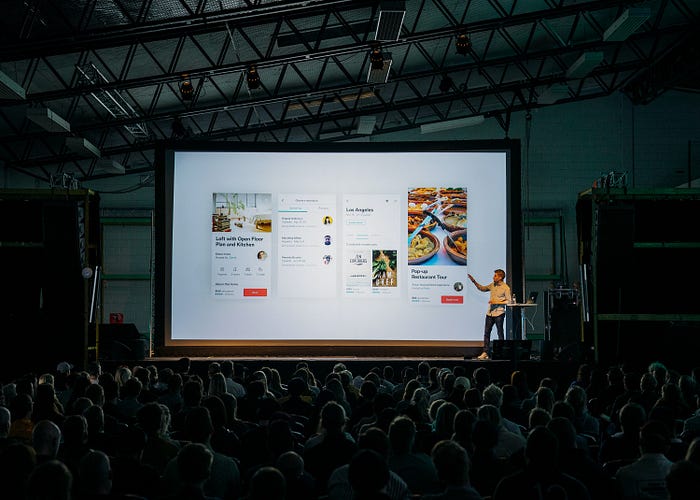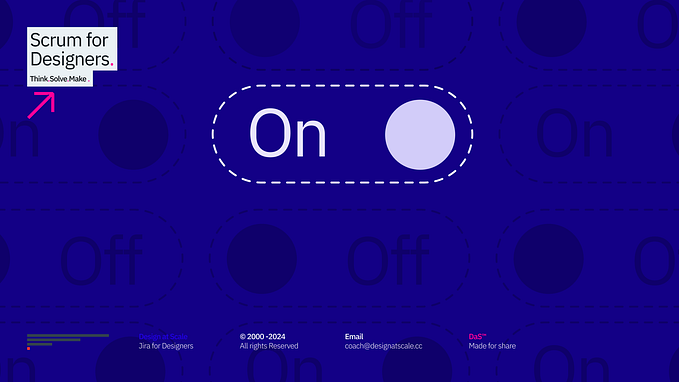Member-only story
How to effectively engage stakeholders with your presentation
Tell stories with your data, and they’ll remember

One of the hardest skills for me to learn was how to present to stakeholders effectively. After spending days, weeks, or months doing user testing, collecting data, and analyzing it, it almost seemed impossible to condense that into a single hour with stakeholders.
Many times, I either presented too much data, didn’t highlight key points, or otherwise confused stakeholders with the terminology they were unfamiliar with. I learned how to plan out my presentations, but they never seemed to be as effective as I wanted them to be.
But visiting the world of data visualization has not only taught me a better way of planning my presentations. It’s given me a new appreciation for a UX method that many of us already know: storyboarding.
To effectively engage your stakeholders and give an effective presentation, you need to create a story first. Here’s how.
Why stories work
To understand why stories work, let’s first examine a presentation that sticks only to conventional wording.
- Red Riding Hood (RRH) has to walk 0.54 mi from Point A (home) to Point B (Grandma’s)
- RRH meets Wolf, who (1) runs ahead to Grandma’s, (2) eats her, and (3) dresses in her clothes
- RRH arrives at Grandma’s at 2 PM, asks her three questions
- Identified problem: after a third question, Wolf eats RRH
- Solution: vendor (Woodsman) employs tool (ax)
- Expected outcome: Grandma and RRH alive, the wolf is not
Is this something that you’re likely to remember? More importantly, if you read this as a child, instead of the story of Little Red Riding Hood, would you have remembered it now?
Probably not.
Stories stick: Research indicates that people are more than 20 times as likely to remember facts if they’re part of a story.
Most presentations aren’t just about showing knowledge: you’re also trying to influence your audience to make certain decisions (such as approving design changes).






